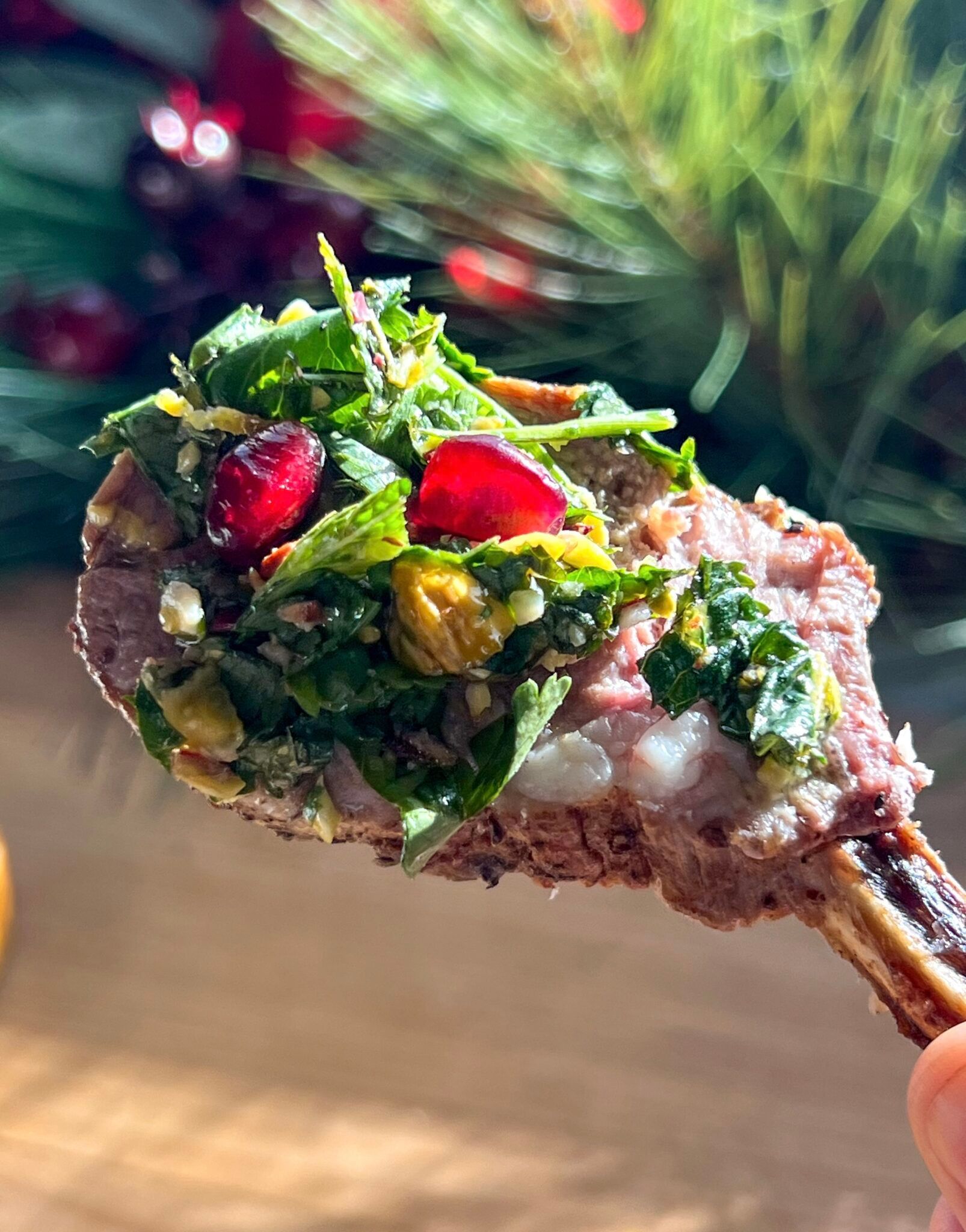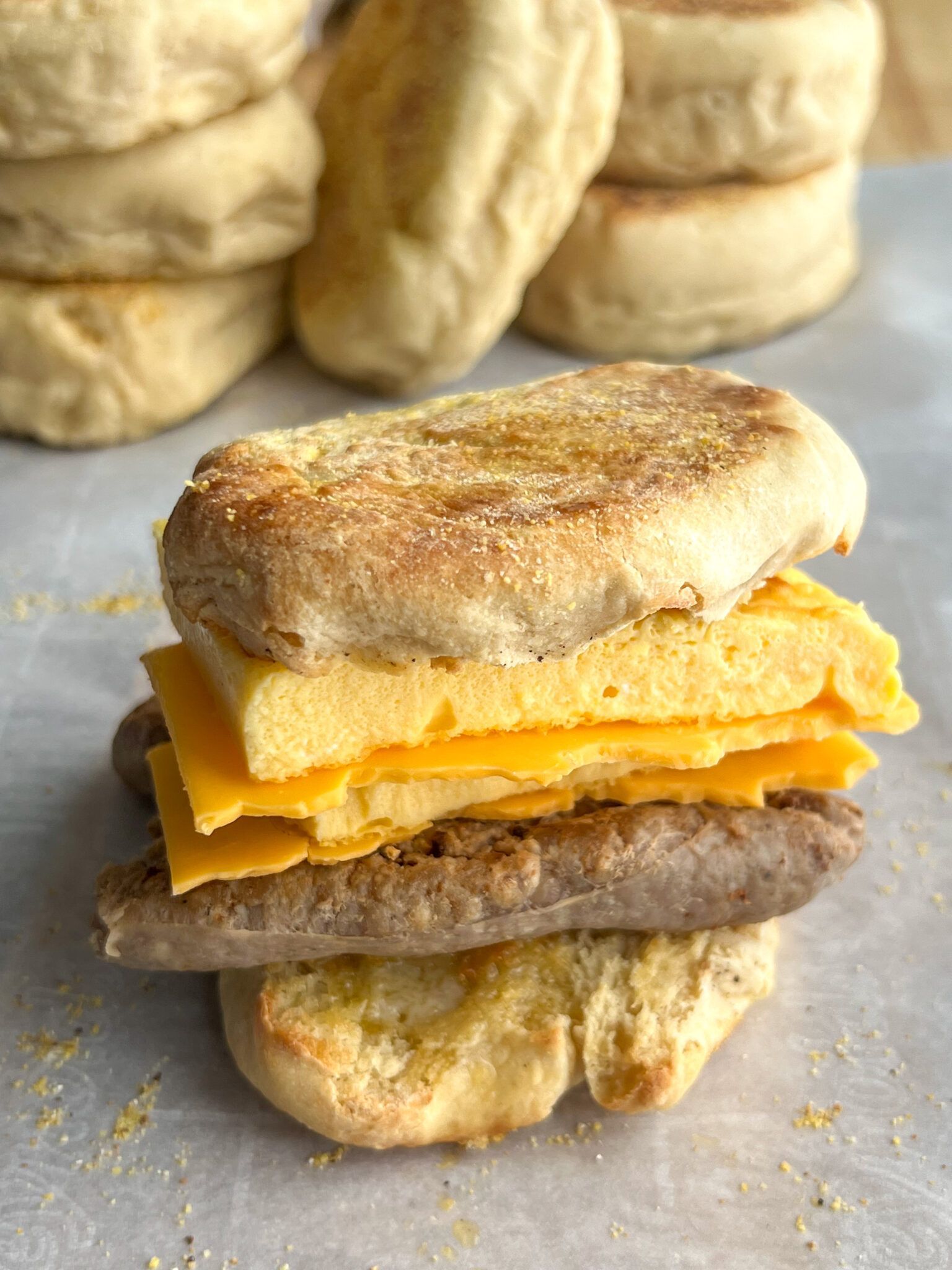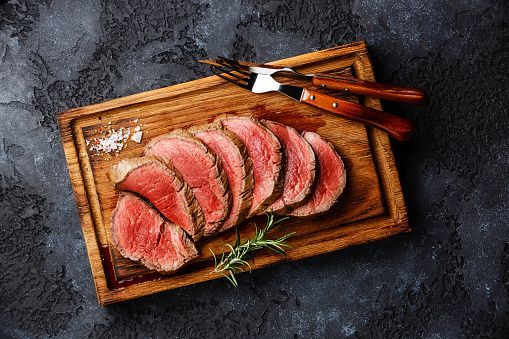Smoking Basics
Large cuts such as Brisket, Roasts and Ribs are prime candidates for smoking, but even a Ground Beef burger can benefit from a hint of smoke. Whichever cuts you choose, always remember that time, patience and practice pay off — don’t be afraid to tweak your technique to suit your tools and tastes.
List of Services
-
PREP THE SMOKERList Item 1
Whether you’re using a classic smoker, kamado (ceramic, typically egg-shaped) grill, traditional kettle grill or electric smoker, you’re still applying the same basic elements: indirect heat, wood smoke and time. Follow the guidelines for your type of smoker, and if your smoker’s heat source is directly below the meat, use a drip-pan to prevent flare-ups and avoid producing too much smoke, which can lead to bitter taste. Always work in an open, well-ventilated space.
-
WHAT WOOD YOU DOList Item 2
With smoking, the wood itself is an essential part of any recipe. Different hardwoods produce different results, from the deeper smoky flavor of mesquite to the mild sweetness of apple wood to the versatility of hickory. Some aficionados say it’s essential to soak hardwoods before smoking so they’ll burn longer, while others believe soaked wood won’t produce enough clean smoke. Likewise, wood may be smoked in logs, chunks, chips or pellets. Follow the guidelines for your recipe, but feel free to experiment.
-
BRING THE HEATList Item 3
Just as there are many options to consider with both smokers and hardwoods, the heat source is also an important factor. Serious ‘cuers swear by lump charcoal, which contains only burnt wood, burns hotter and longer, and produces a flavorful smoke. Briquettes are commonly used as well, and are particularly effective when employing the “snake” method, similar to a long-burning fuse. Other heat sources include propane gas and a simple flip of the switch, when using an electric smoker.
-
RUB IT UPList Item 4
While most of the flavor will come from the smoke and beef, seasoning rubs can blend nicely with the natural flavor of the wood. Rubs can be wet or dry, spicy or sweet, bold or subtle, or just basic salt and pepper. Whichever you choose, keep in mind it’s called a rub for a reason: Don’t be afraid to get hands-on and work the rub into the surface of the meat to get the most flavor (and prevent it from falling off). Rubs can be applied just before you begin smoking or hours in advance and refrigerated until it’s time to get started.
-
LOW AND REAL SLOW
Although a flavorful touch of smoke can be achieved in an hour or less, larger and less tender cuts will generally need to be smoked up to 12 hours or more. Specific times and temps depend on the cut and intended results, so refer to your recipe.
Wood Type Flavor Profile
-
HickoryList Item 1
Provides a sweet, savory and hearty flavor to the beef. One of the more popular woods due to its strong flavor.
-
List Item 2 Write a description for this list item and include information that will interest site visitors. For example, you may want to describe a team member's experience, what makes a product special, or a unique service that you offer.
List Item 2 -
Mesquite
Will give a very smoky flavor and is great for cooking smaller cuts during a shorter period of time.




